- Taxon
- Gallery
- ≡ Uncinia ferruginea Boott in Hooker, Bot. Antarct. Voy. II. (Fl. Nov.-Zel.) Part I, 288, t.64 fig.b (1853)
- ≡ Uncinia australis var. ferruginea (Boott) C.B.Clarke in Cheeseman, Man. New Zealand Fl. 802 (1906)
- ≡ Uncinia uncinata var. ferruginea (Boott) Kük., Pflanzenr. (Engler) 38 , 62 (1909)
- = Uncinia nigra Colenso, Trans. & Proc. New Zealand Inst. 17: 253 (1884 [1885])
- = Uncinia variegata Colenso, Trans. & Proc. New Zealand Inst. 20: 211 (1887 [1888])
Caespitose. Culms (10)–20–60 cm. × c. 1 mm., glab.; basal bracts dull brown to reddish brown. Lvs 4–8 per culm, = or > culms, 3–5 mm.wide, scabrid on the margins. Spikes 7–16 cm. × 6–10 mm., us. bracteate, female fls c. 60–100, very closely crowded throughout almost the whole spike, internodes 0.5–4 mm. long. Glumes twice as long as utricles, deciduous, linear-subulate, acute or obtuse, coriac., yellowish or ferruginous. Utricles 4–5 × c. 1.5 mm., plano-convex or rarely subtrigonous, dark brown, shining, nerved towards the base with a more strongly marked lateral nerve, sharply contracted below to a stipe 1 mm. long and above to a stout beak 1.5–2 mm. long.
[From: Moore and Edgar (1970) Flora of New Zealand. Volume 2. as Uncinia ferruginea Boott]



